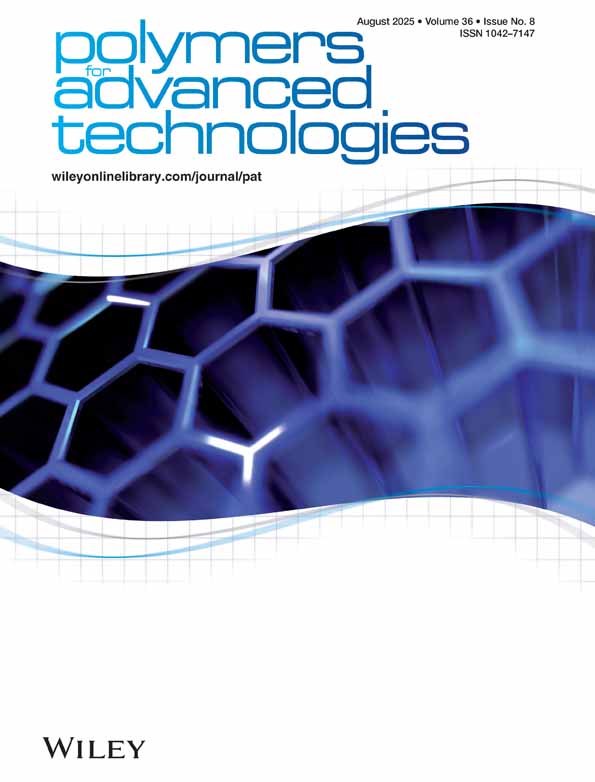Organic electroluminescent devices with molecularly doped polymers and anode interface phthalocyanine layer
Abstract
We studied the properties of organic electroluminescent devices using molecularly doped polymers as a hole transport layer and having a metal-free phthalocyanine (H2Pc) layer between anode and hole transport layer. A vacuum-deposited H2Pc metastable layer was converted to a more stable microcrystalline layer by dichloromethane solvent treatment. The devices exhibited good current–voltage and luminance properties. Because the activation energy of carrier transport for the devices with H2Pc was almost the same as that for the devices without it, it is considered that the H2Pc layer in this device is electrically inert. This means that improved contact efficiency may be obtained at the anode interface due to the introduction of the H2Pc layer. © 1997 John Wiley & Sons, Ltd.




